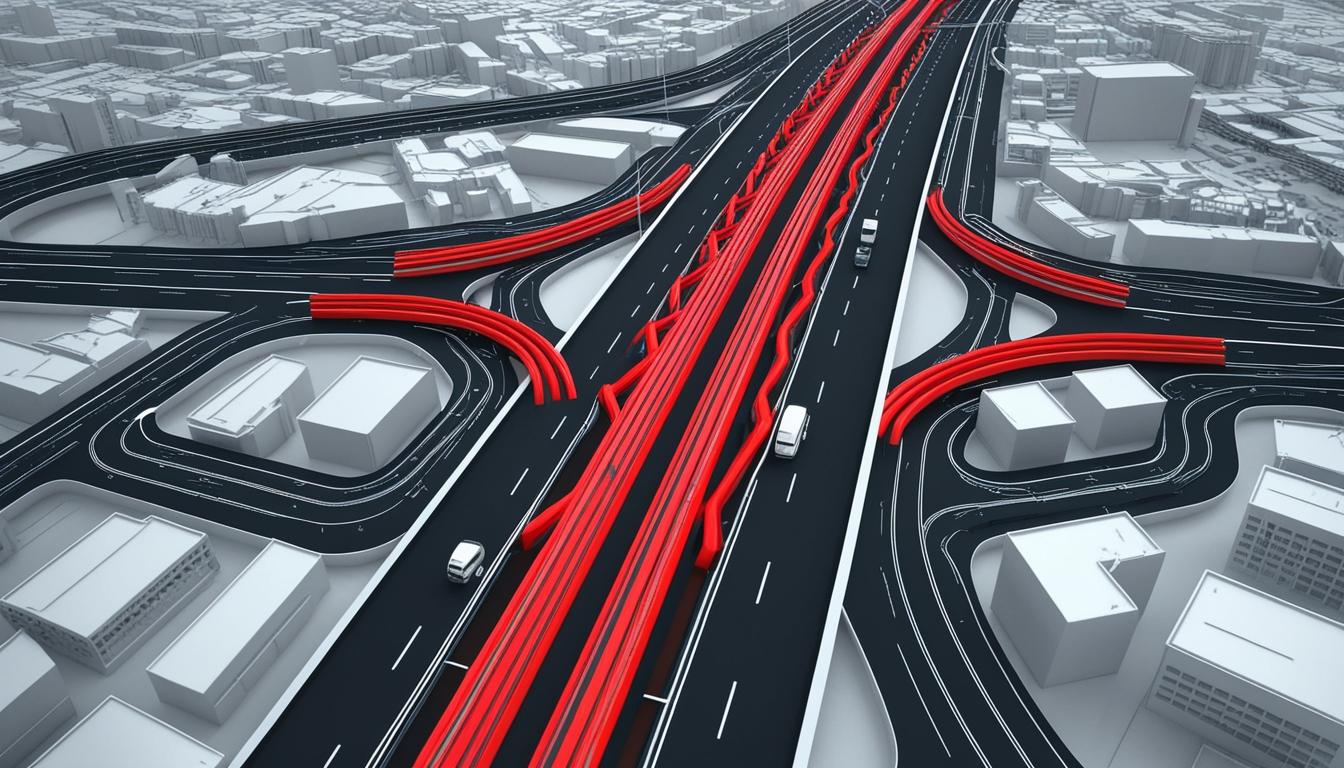TomTom, a prominent specialist in location technology, has announced a substantial enhancement to its Orbis Maps, introducing immersive 3D lane geometry that boasts unmatched coverage. This development marks a significant advance in mapping technology that could reshape various industries, including automotive, logistics, and public sector operations.
The updated Orbis Maps, which integrates AI-enabled features, is designed to provide lane-level precision with measurements accurate to the centimetre. This capability is not confined to a particular region; it is available on a global scale and will be continuously refreshed, ensuring that users have access to the most up-to-date information. As vehicles equipped with advanced driver assistance systems (ADAS) increase in number, the demand for reliable lane-level maps has grown concomitantly. Automakers and other industries, particularly those with a focus on automation—such as transportation and urban planning—stand to benefit greatly from this technological leap.
Speaking about the innovation, Mike Schoofs, Chief Revenue Officer at TomTom, remarked, “Our enhancements to TomTom Orbis Maps represent a transformative step in mapping technology. With its unmatched coverage and precision for immersive 3D lane geometry, TomTom Orbis Maps provides a versatile, cost-effective solution for businesses. This innovation not only accelerates the development of automated driving but also provides urban planners and government officials with the insights they need to create smarter, more efficient cities.”
The advent of 3D lane geometry is facilitated by the latest advancements in artificial intelligence, including fundamental vision models. TomTom employs a sophisticated technological framework that amalgamates crowdsourced data from production vehicles and dashcams, along with aerial and satellite imagery and lidar survey data. This comprehensive approach results in a fresh, cost-effective 3D map that is both wide-ranging and highly detailed.
The benefits of these updates extend far beyond automation in vehicles. In the logistics sector, for instance, the enhanced mapping can significantly optimise last-mile delivery processes, allowing transport companies to streamline their pickup and drop-off operations. This leads to notable savings in time and costs, thus improving overall efficiency. Urban planners may find the new, detailed granularity in map data invaluable for making informed choices regarding lane-level traffic management, the planning of bike lanes and public transport routes, and optimising parking spaces.
As industries continue to evolve and the integration of automation into daily operations heightens, the technological advancements offered by TomTom in its Orbis Maps are likely to play a critical role in shaping the future landscape of business practices across sectors.
Source: Noah Wire Services
